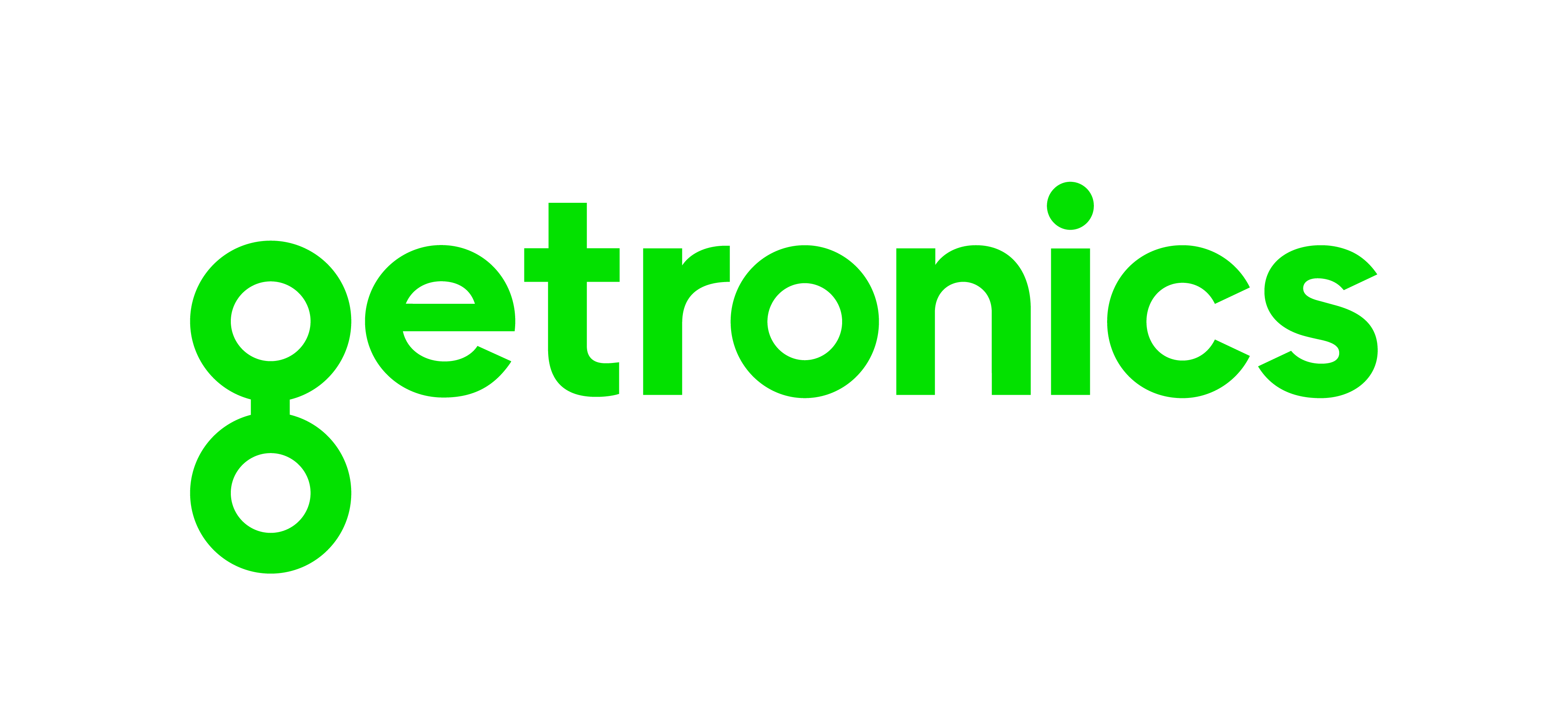

By Roman Martin, Solutions Engineer, CloudSphere
In this video interview, CloudSphere Solutions Engineer, Roman Martin, speaks with Raghavendra Bharadwaj, Solutions Architect – Public Cloud Portfolio at Getronics.
During their conversation, Roman and Raghavendra discuss the partnership between CloudSphere and Getronics and how you can utilize both companies to achieve more from the cloud.
Watch Full Interview
Book a Free Demo
CloudSphere x Getronics: Interview Transcript
If you’d prefer to read the conversation between Roman and Raghavendra, below is the full transcript from the interview:
Roman Martin, CloudSphere: Hi, my name’s Roman. I’m one of the Solution Engineers here at CloudSphere, and recently I spoke to Raghav, who is one of the Solutions Architects at Getronics. What you’re going to see now are some of the highlights from that conversation that we had about our partnership and how you can utilize CloudSphere and Getronics to achieve more from the cloud.
Raghavendra Bharadwaj, Getronics: Hey, Roman. Hi, everyone. I’m Raghav. I work as a Solutions Architect here at Getronics for the Public Cloud Portfolio. Getronics is primarily responsible for coming up with service offerings, majorly on public cloud providers, in my capacity within the portfolio itself. I work on coming up with viable solutions and patterns that cater to a wide array of use cases for our customers. Over to you, Roman.
Roman: Thanks. Roman Martin here. I’m a Solutions Engineer from CloudSphere. I’m heavily involved in the development of our products. We’ll go into what the product does in a second, but it’s a discovery tool with multiple use cases. My role here is to understand the patterns and trends in the industry, what we’re seeing with businesses, how we adopt that product, and how we work with partners like Getronics to get the best outcome for our end-customer base.So, without further ado, Raghav is going to talk to us about what those scenarios are and the kind of trends that we’re seeing in the industry.
Raghav: Sure. The reason we are here is to talk about one of the capabilities of Getronics and how we can add value to a lot of customers when we collaborate with powerful platforms, such as CloudSphere. While organizations focus on creating service offerings across the board, it’s also important to understand our customer needs, sentiments and context. It’s easy to advise a hybrid strategy, a pure play cloud strategy, or a pure private infrastructure solution. But it’s important to understand the customer’s context because there’s no easy answer for this, right? You can’t just have a templated solution for all the problems out there.So, what we do is we try and understand our customer problems, keeping them as the focus. Then, we try and understand their current state of infrastructure.
A lot of times, what we have seen with a lot of businesses is that there’s a clear lack of visibility within their setup. So, what I mean by that is we’ve seen scenarios where we have a huge VM or a server just running idle because there’s an assumption that there is an important service running on that. Then we’ve seen scenarios where the entire production workload goes down because there was routine maintenance and no one knew there was a service that was running, probably clearing some sort of a cache.These are very common scenarios that we’ve seen across the board. The bottom line is that there’s a lack of visibility with your current setup. It basically creates quite a bit of chaos on how the operations team go about managing the infrastructure. And not only that, but it also becomes very difficult to understand the true ROI of the stack that’s essentially provision, right?
At times, there are a few other scenarios as well. Especially, post Covid. We’ve seen several business accelerations across the board. New-age businesses coming in who have the potential to be the benchmark in their own industries but are bogged down by their legacy infrastructure or application that is running. So, what we try and do is evaluate that platform. Gone are the days where you can procure a part. Place an order for it and it takes several weeks for that part to be shipped to your data center, have that installed and then set it up, right? So, that essentially takes away the competitive edge that your business brings to the table. These are some of the reasons that can warrant an assessment and a discovery.
Roman: Perfect. In terms of our relationship and how we work together, what does that look like, Raghav? How are we collaborating to cater to these different needs that you’ve discussed.
Raghav: Sure. Absolutely. I can talk through what Getronics offers in collaboration with CloudSphere. So far, we’ve spoken about the triggers themselves, right? So, we understand there can be underlying complexities, especially within legacy infrastructure, and the current state that you run. But complexity doesn’t necessarily mean that the solution also needs to be complex, right?At Getronics, we try to keep things simple but effective. So, we have a very simple framework that we refer to as a four-by-four framework that gives you a 360-degree perspective of what the stack looks like, the problems associated with it, and the actual solution to come out of the problem. The four-by-four framework takes four logical steps on assessing your environment. First, we need to discover your assets in the current setup, your infrastructure, applications, or the services that you might be running, the integrations, the interdependencies between them. The second thing is to process the data, clearly understand that data and draw that dependency mapping. Also keeping security in mind because that’s also a key aspect to look at.
There can be scenarios where you might be running an application that is probably very vendor specific and might also be nearing end-of-life.So, we take inspiration from our strategy and look at if that needs re-hosting, re-architecting, and then we move on and look at this information. And we visualize and recommend the right approach that needs to be taken. All of this is possible because we have a very integrated partnership with CloudSphere.In regards to the four-by-four framework itself, we keep things simple. This four-by-four framework has four different sets of catalogs that cover the holistic approach, and the journey needs to be quite seamless. We try and cover each spectrum of an assessment and evaluation. The first service catalog in the framework is a current state portfolio analysis.There’s going to be an architect from Getronics who’s going to lead the effort with CloudSphere, supporting all of the assessment and discovery. What we try and do here is identify applications, infrastructure, and gaps if there are any. It’s also important to evaluate this data against the CMDB, as an example, within the organization if there is any. Then we also have conversations with key stakeholders because they are the ones who understand the real pain points. They’re operating on it day to day, and that’s a very customer-centric approach that we take.
What this essentially does is it gives us a full 360-degree view of the system. The second piece of the catalog is that, now that we have an assessment, we have a portfolio view, we also try and provide a comprehensive TCO assessment.So, what is TCO? TCO is theoretically called total cost of ownership but also it is a key metric. But a metric that is often got wrong. One of the crucial aspects, if there needs to be a migration, TCO plays a key metric, right? So, what we do at Getronics is we think of TCO as a very holistic parameter again and look at TCOs one-time-migration cost, plus your operations. We take a very high-level approach here. You also have to look at the kind of roles and responsibilities, the gaps in the new-age skill mapping that needs to be done for the team to operate the kind of service management that is needed. The kind of partner ecosystem that you need to be partnering with. All of this will be considered, and with our expertise and experience operating across public as well as private cloud, we provide cost categorization by business.So, what does it mean? What it means is that we try and map cost against each and every vertical or portfolio that you might have within your organization. That basically gives you true value or true TCO realization that helps you to make a very clear decision.
Then the last couple of catalogs that we have is—that first one, we try and give you a future stabilization, right? So, now you have an assessment done, you have a visibility over TCO, and, thirdly, it’s still a bit of a gray area on how your future platform looks, right? You just can’t take the plunge assuming that things are going to be right. It’s important to have that visibility. Have that visualization in play to be confident in making the moves. And that is exactly what we try and do. We give you that future state, mappings on what the newer platform, the newer life looks like, which gives you much more confidence.
Also, you’ll be able to realize how the platform really looks post-migration. We try and massage the platform and give you how the operation should look like the partner service model. Not only that, but in the new age platform that you might have, you’ll have to look at different KPIs to measure your success factors, as opposed to what you might have.
So, all of this is something that Getronics can help you with, aligning with your business requirements. And last, but not least, we try and provide a comprehensive cloud adoption strategy that brings all of this together and helps you to run this as a program of work. Thus, guaranteeing expected ROIs, the resilience, as well as the readiness needed to operate the new platform. So, that’s the four-by-four framework and the set of catalogs that we have.
Roman, why don’t you talk us through on what CloudSphere can do as a platform and the kind of value that it can bring to the table in this migration and assessment effort?
Roman: Sure. Yeah. So, the whole ethos behind CloudSphere is what you were saying, but the front-loading part of it. When making a big change, when it’s about moving to the cloud or moving to different platforms, the main thing you really need to understand is what you currently own. All the things you talked about before. Do we have stuff running that isn’t being used? Do we have business critical systems running on top of legacy unsupported infrastructure? We need to understand all of that. So, the reason that CloudSphere and Getronics integrate quite well is CloudSphere is there to do millions and millions of calculations very, very quickly, collect all the data, provide the foundational platform, which then your team can work on top of. And what I mean by that is simple calculations, understanding which assets you have that are sat idle doing nothing. One person would take many, many days to go through and check all of these manually. The tool can do it in 30 minutes because it collects that data instantly and then says, okay, this stuff has sat idle for the last 30 days, or understanding which stuff is now no longer supported.
You know, Windows 2012 went end-of-life last month. We can identify all of those assets very, very quickly within that first scan, rather than relying on people to sit for days on end, making these calculations, interrogating the machines. What that does is that then frees up the Getronics team to do the useful, interesting, creative stuff, understanding what the future state will look like, understanding why it’ll be good from a human element. You know, not just ones and zeros but actually making an informed decision around what we do with this platform, this product, this business service—whatever it might be.
Hence why this partnership works very, very well. We can automate as much of the heavy lifting as possible, so that Getronics can come in and be creative and map out useful, interesting future states for customers, and for end-users as well. That’s CloudSphere in a nutshell.
In terms of final points, if you had to sum up why this partnership works well and why a customer might want to engage with one or both of us to talk through this, Raghav, what would you say is your final closing point?
Raghav: Sure. Thanks for summarizing what CloudSphere can do. The bottom line is that Getronics comes with a very rich experience and background across both private, as well as public clouds. And, of course, a strong partner ecosystem, such as the one with CloudSphere, can bring huge value to our customers. The key is that we understand both sides of the coin, be it public or private. Whichever workload you’re running, we are best placed to make those recommendations by understanding your problems.
If you want to know more about our discovery and assessment capabilities, there’ll be a link in the description. Feel free to hit that and either one of our execs will get in touch, and we can have a chat.
Roman: Perfect. Thank you very much, Raghav, and I look forward to hearing from all our listeners. Thanks, everyone.
How CloudSphere Can Help You on Your Journey
CloudSphere makes digital transformations easy. We empower our partners and customers to discover, plan, migrate, optimize, modernize, and secure entire cloud environments with automated features that save businesses time, money and disruptions.
Book a Free Demo
About Roman Martin
As one of our Solutions Engineers, Roman Martin is a member of Cloudsphere’s go-to-market and strategy team for Europe, the Middle East and Africa. In this role, he manages key partnerships and drives net-new business across some of the top hyperscalers around the globe.
You can connect with Roman on LinkedIn.


